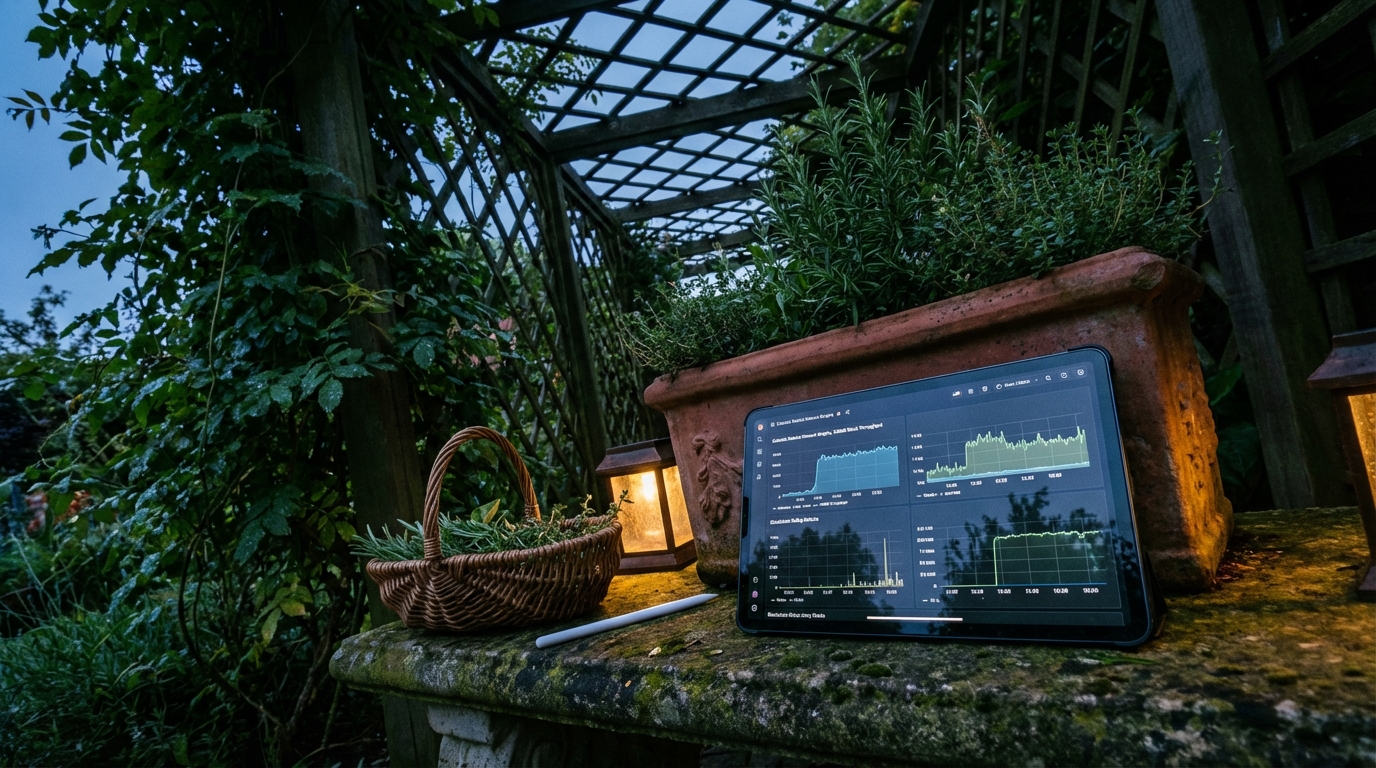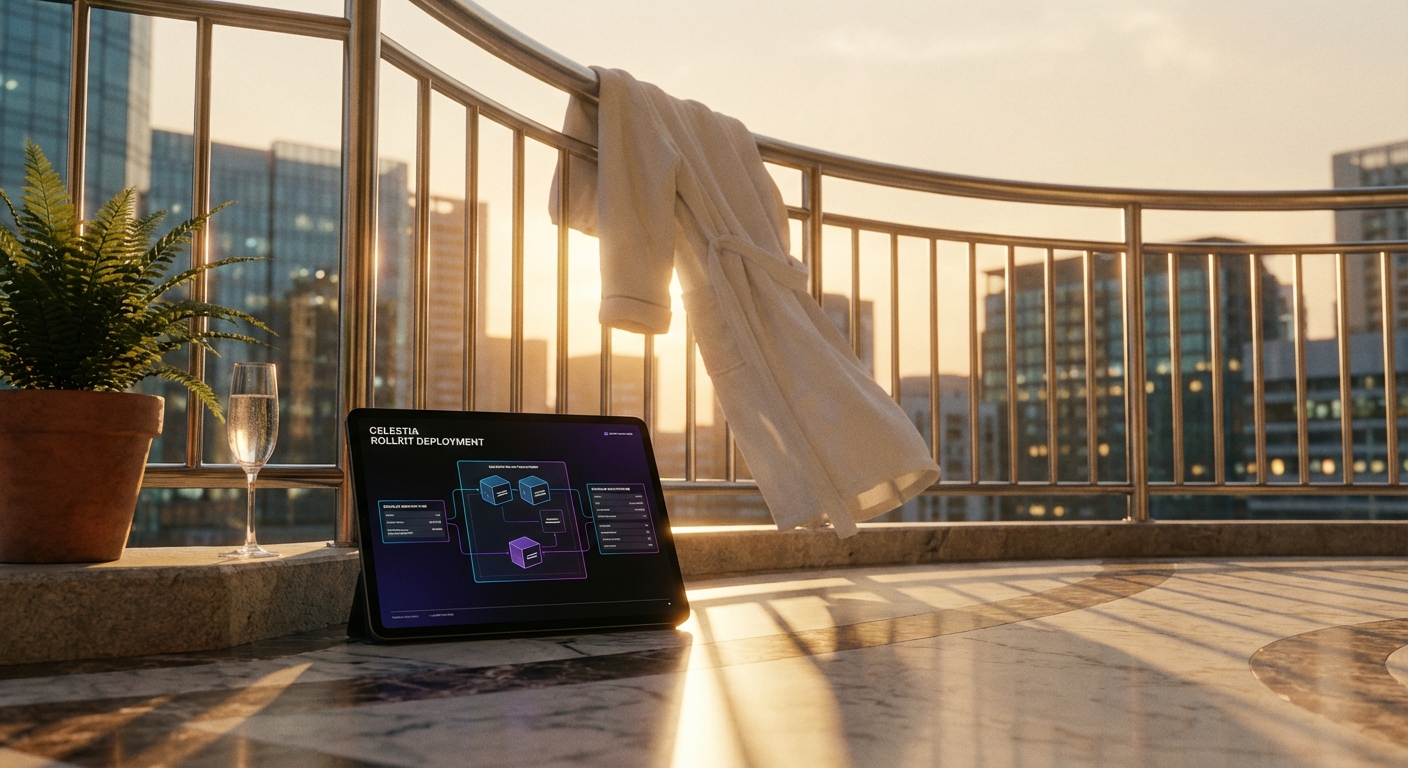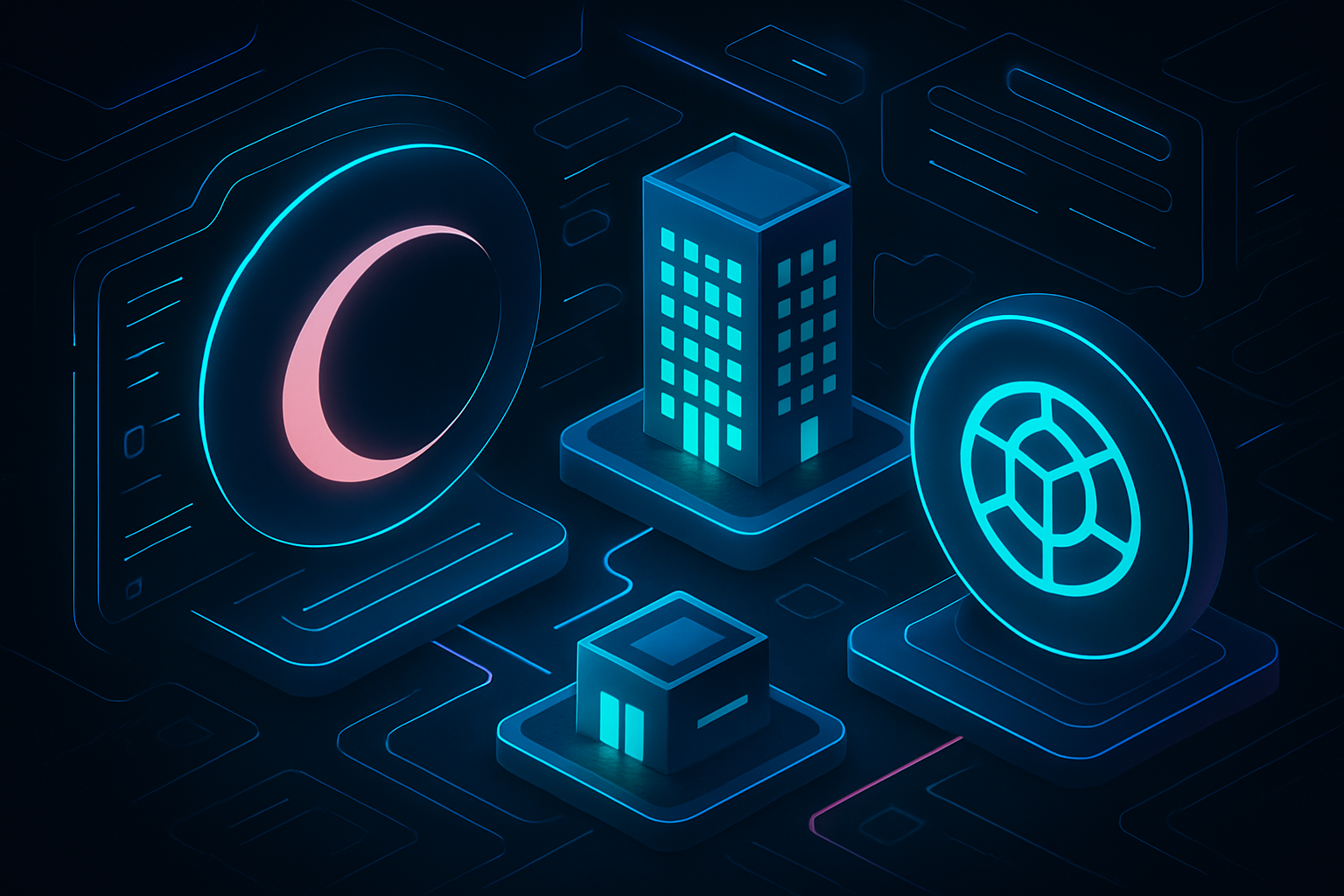
Bringing real world assets (RWAs) on-chain is one of the hottest narratives in crypto, but most solutions so far have been bogged down by slow transactions, high gas fees, and clunky user experiences. Enter Eclipse Layer 2: a modular rollup that combines Solana’s blazing-fast SVM execution with Ethereum’s deep liquidity and security guarantees. The latest integration with RECC Finance is a game-changer for anyone looking to tokenize and trade assets like real estate, commodities, or traditional securities directly on-chain.

Why Eclipse Layer 2 Changes the RWA Game
Eclipse isn’t just another Ethereum L2. It’s the first to harness Solana’s Sealevel Virtual Machine (SVM) for execution while settling onto Ethereum for security. This means you get sub-second finality and throughput that rivals Solana, but with the composability and trust of Ethereum. For RWA tokenization, this combo is critical: investors want fast settlement and cheap transactions without sacrificing regulatory compliance or liquidity.
The integration with RECC Finance unlocks a new level of accessibility for RWAs. Now users can invest in tokenized properties or financial products with near-zero friction, no more waiting minutes for confirmations or getting gouged by $20 and gas fees at peak times. It’s all about removing barriers between traditional finance and DeFi.
How RECC Finance Leverages Eclipse’s Modular Rollup Stack
RECC Finance is building a seamless pipeline to bring off-chain assets into a fully on-chain environment, using smart contracts to represent ownership, distribute income streams, and automate compliance checks. By launching on Eclipse Layer 2, RECC gets:
- Lightning-fast execution: Thanks to Solana’s SVM engine under the hood.
- Ethereum-grade security: All settlements anchor back to Ethereum L1.
- Dramatically lower costs: Fractional gas fees make small investments viable.
- Composability: Plug into existing DeFi protocols on both ecosystems.
This isn’t theoretical, RECC already lets users invest in tokenized real estate with a few clicks, all while maintaining regulatory guardrails that are essential for institutional adoption.
Key Benefits of RWA Tokenization on Eclipse Layer 2
-
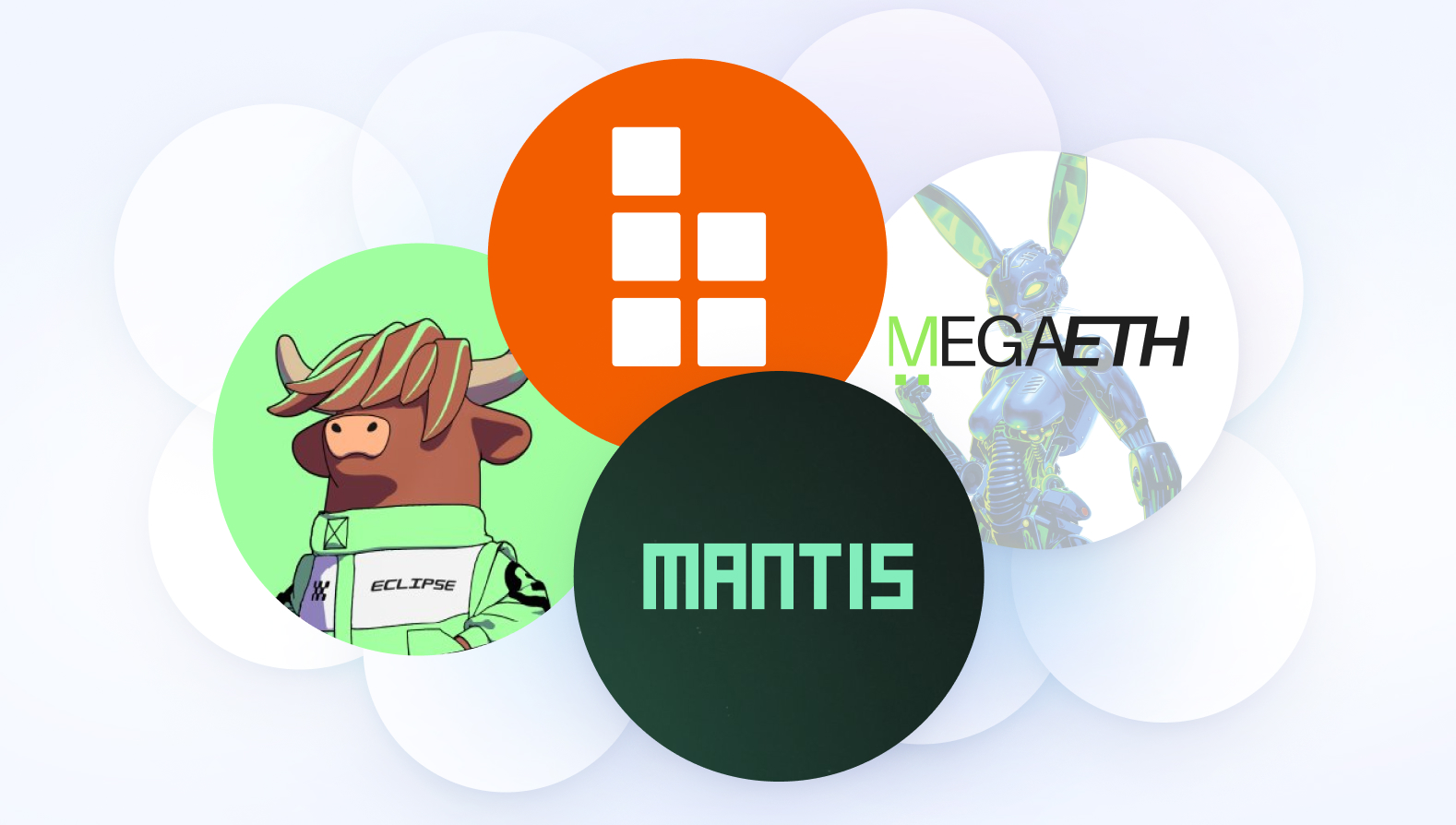
Lightning-Fast Transactions: Eclipse leverages Solana’s SVM for high-throughput execution, enabling near-instant settlement of tokenized real-world assets (RWAs) on-chain.
-
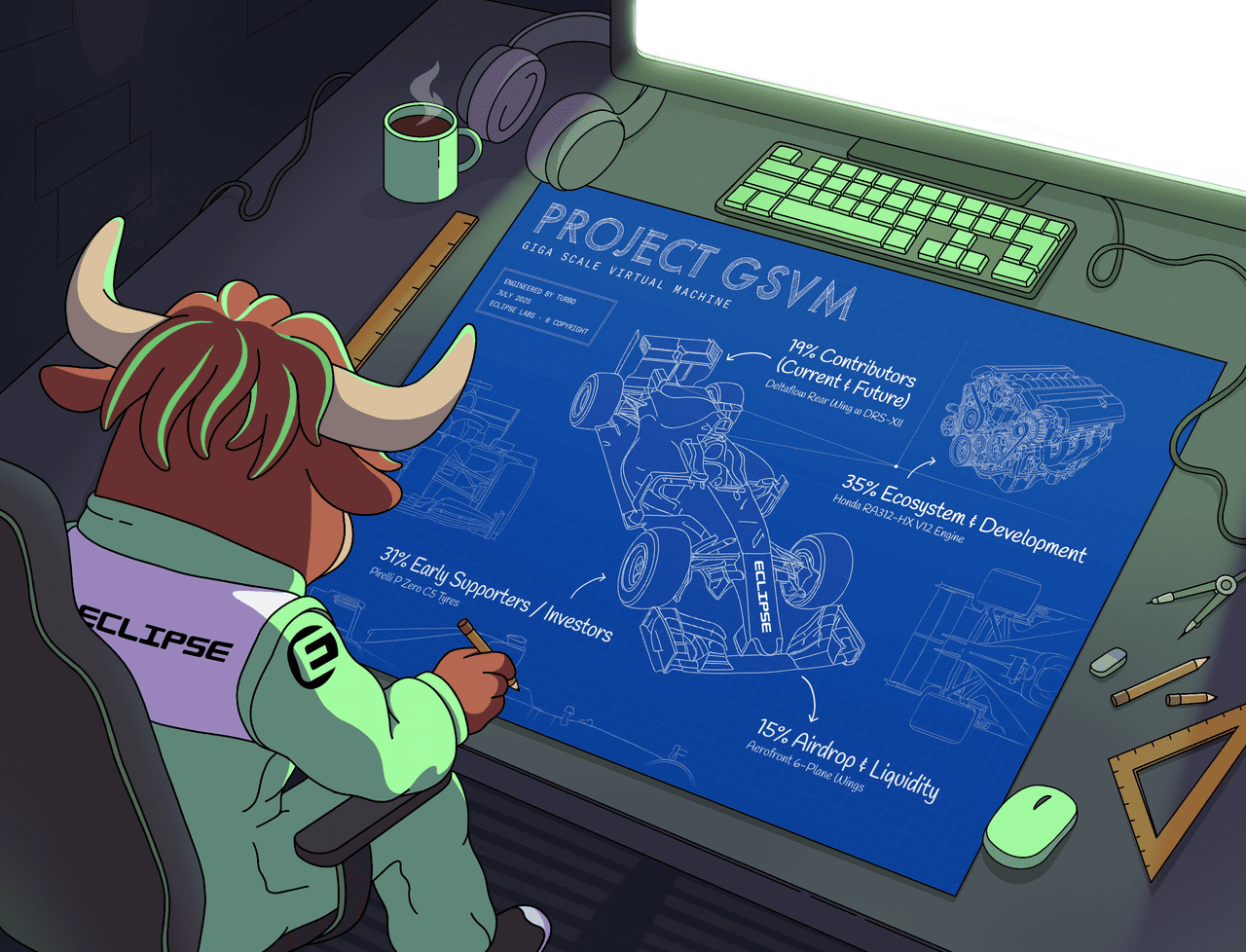
Low Gas Fees: By combining Solana’s efficiency with Ethereum’s security, Eclipse dramatically reduces transaction costs for RWA investors and platforms like RECC Finance.
-

Enhanced Security: Eclipse inherits Ethereum’s robust security model, ensuring that tokenized RWAs are protected by battle-tested smart contract infrastructure.
-
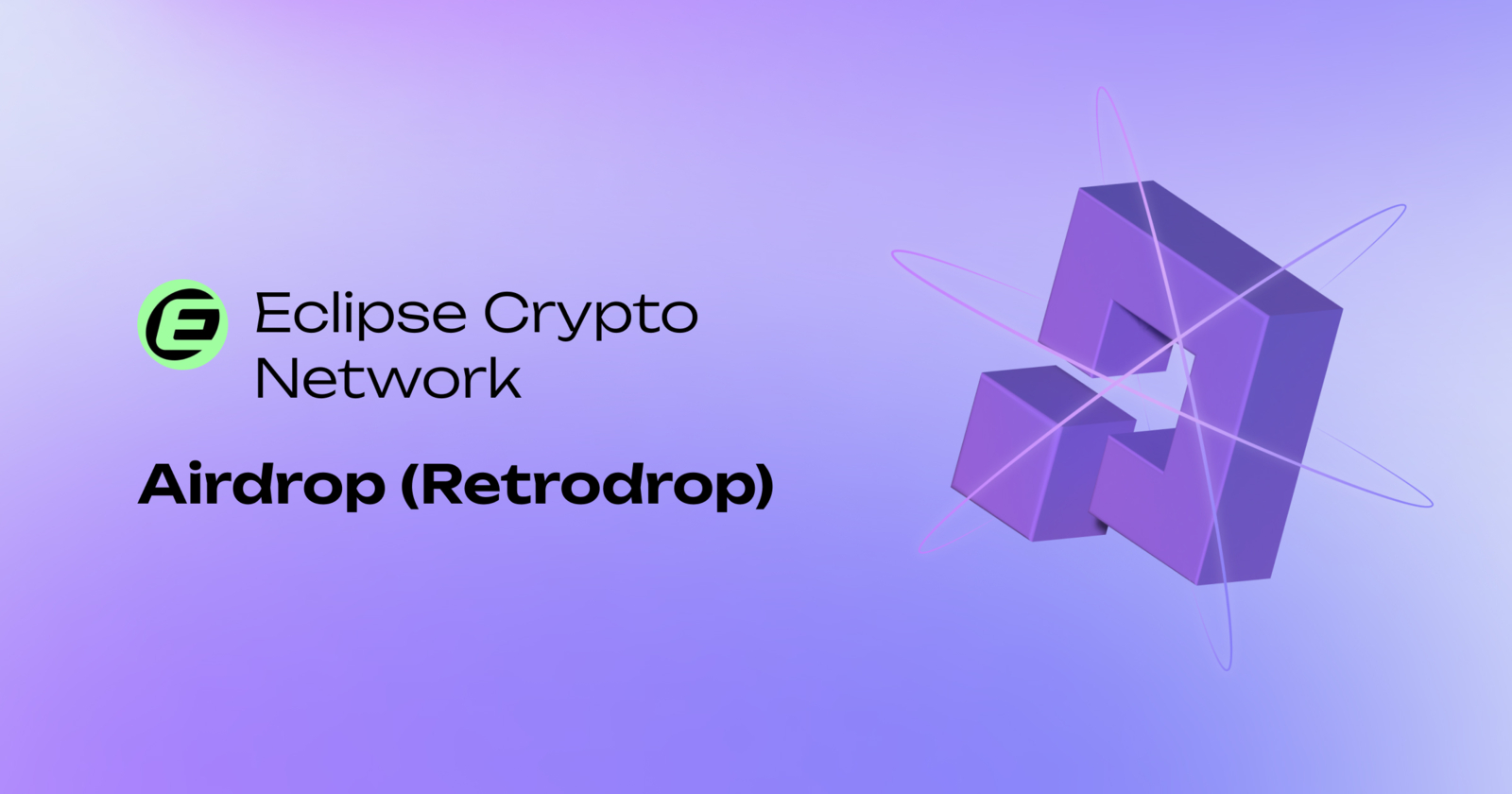
Access to Deep Liquidity: Integrating with Ethereum’s liquidity layer allows RWA tokens on Eclipse to tap into one of the world’s largest pools of on-chain capital.
-
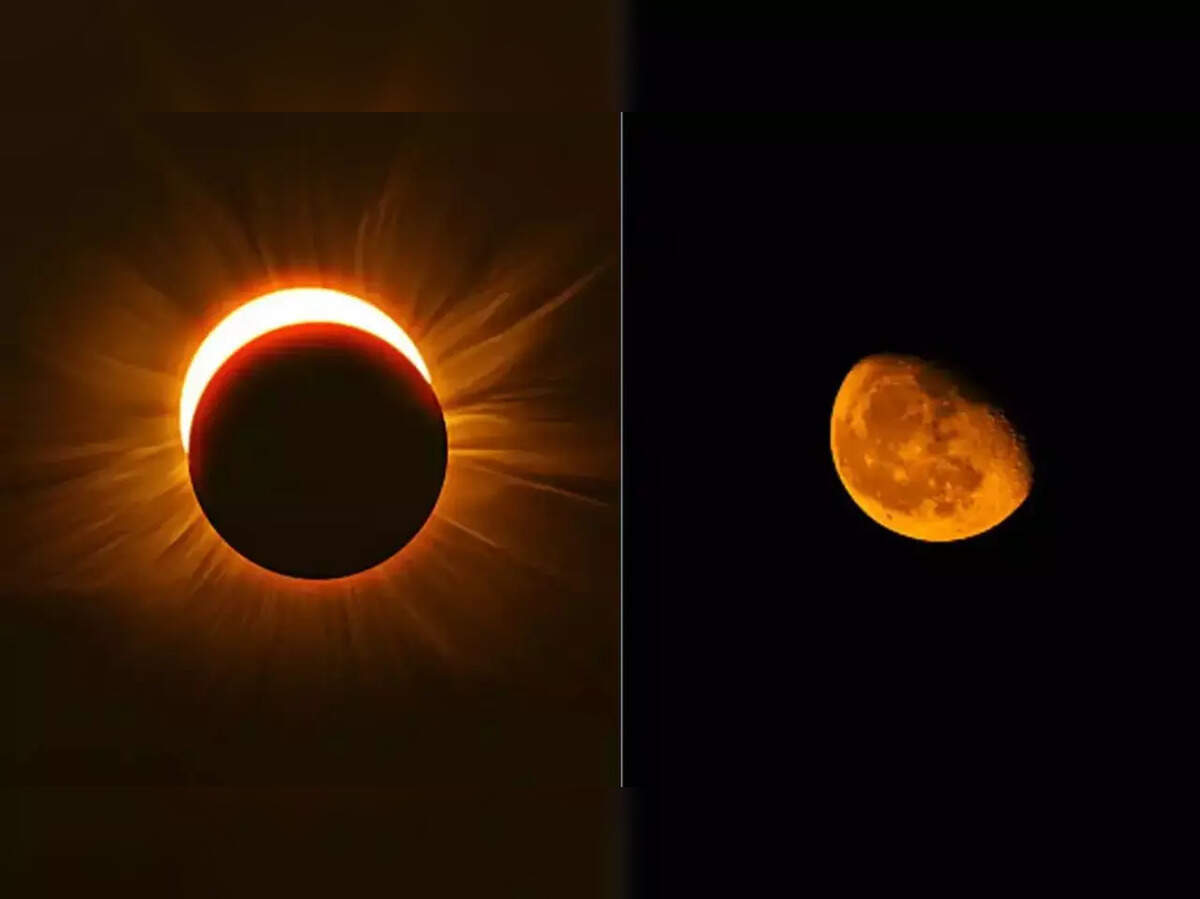
Seamless User Experience: RECC Finance users can invest in tokenized properties with minimal friction, enjoying a smooth interface powered by Eclipse’s modular architecture.
-
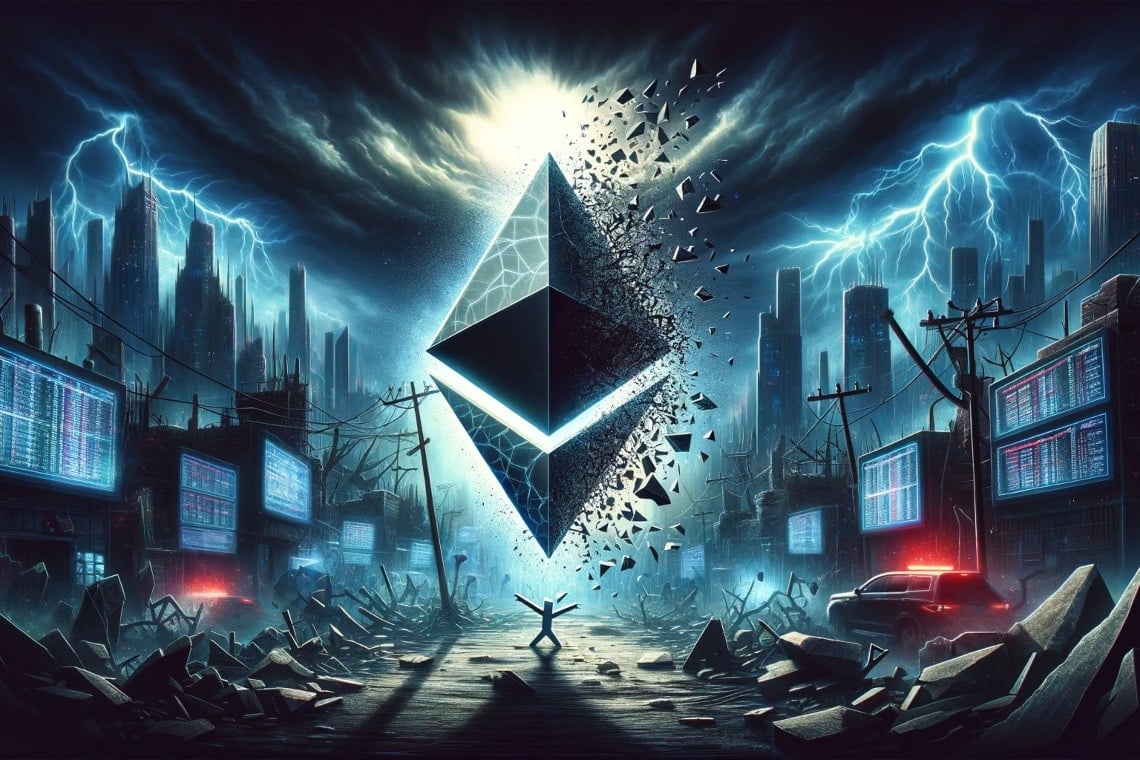
Interoperability: Eclipse’s modular design bridges Solana’s speed and Ethereum’s ecosystem, making it easier for RWA projects to connect with DeFi protocols and other blockchain networks.
The Tech Stack: Modular Rollups Meet Real-World Assets
Eclipse’s modular approach means each layer of the stack can be optimized independently. Here’s how it plays out for RWAs:
- Execution: Transactions run through SVM for parallel processing, think thousands per second instead of dozens.
- Settlement and Security: All state roots are posted back to Ethereum mainnet, providing robust finality and censorship resistance.
- L1-L2 Interoperability: Bridges ensure assets can flow seamlessly between L1 (Ethereum), L2 (Eclipse), and even other ecosystems like Solana or Cosmos down the line.
This architecture makes it trivial to onboard not just retail users but also institutions who demand high throughput and compliance guarantees. The days of waiting hours for an RWA transaction to clear are over; now it settles almost instantly at a fraction of legacy costs.
What’s especially compelling is how the modular rollup design of Eclipse unlocks flexibility for both developers and asset issuers. RECC Finance can compose new products, fractionalized real estate, revenue-sharing agreements, or even tokenized commodities, without re-architecting their entire stack every time. The SVM execution layer gives them the performance to support high-frequency secondary trading or complex compliance logic, while Ethereum settlement ensures these assets can be plugged into the world’s deepest DeFi liquidity pools.
For users, this means access to a broader range of real-world assets on-chain with minimal friction. Imagine buying a slice of a rental property or earning yield from tokenized invoices, all with sub-second confirmation times and gas fees that are practically invisible. The composability of Eclipse’s Layer 2 also opens up cross-protocol opportunities: collateralize your RWA tokens in lending markets, swap them instantly on DEXs, or bundle them into structured products.
Why This Matters for RWA Adoption
The holy grail for RWA tokenization has always been seamless user experience at scale. Most legacy L1 solutions buckle under heavy loads and rack up unsustainable fees, hardly a recipe for mass-market adoption. With Eclipse and RECC Finance, we’re seeing the first practical blueprint where speed, cost, compliance, and interoperability all converge.
This isn’t just about flipping digital property tokens; it’s about unlocking trillions in off-chain value for DeFi protocols and global investors. Institutional players who once balked at crypto’s inefficiencies can now deploy capital into fully-compliant on-chain vehicles with the same ease as trading stocks or bonds. Meanwhile, everyday users gain exposure to assets that were previously locked behind geographic or regulatory barriers.
Top Use Cases Enabled by Eclipse Layer 2 & RECC Finance
-

Instant Settlement of Tokenized Real Estate: Eclipse’s high-throughput Layer 2 enables RECC Finance to offer near-instant, low-cost settlement for property-backed tokens, streamlining real estate investment on-chain.
-
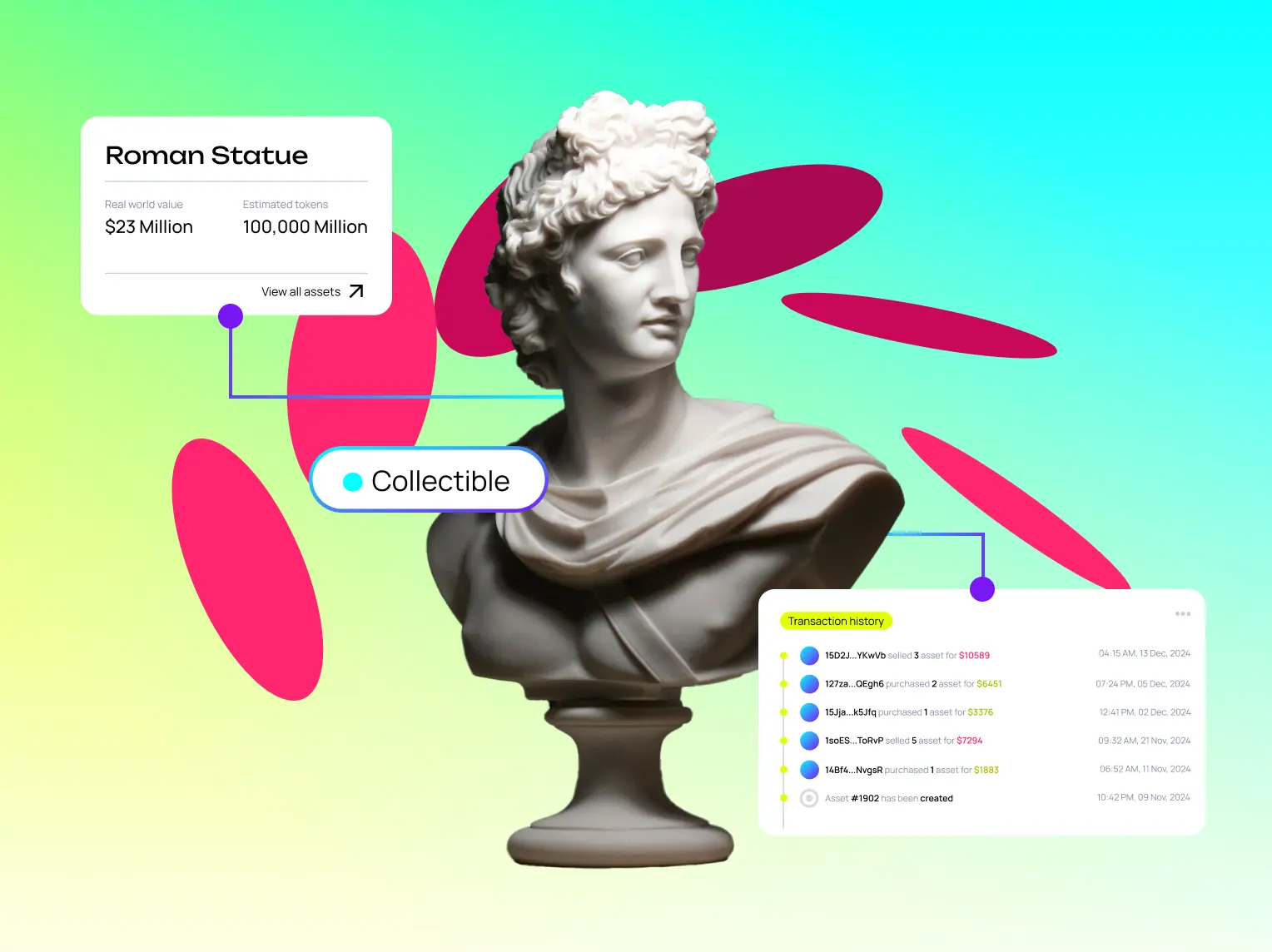
Fractional Ownership of Real World Assets (RWAs): Users can purchase fractional shares of assets like real estate and commodities, increasing accessibility and liquidity while leveraging Ethereum’s security and Solana’s speed.
-
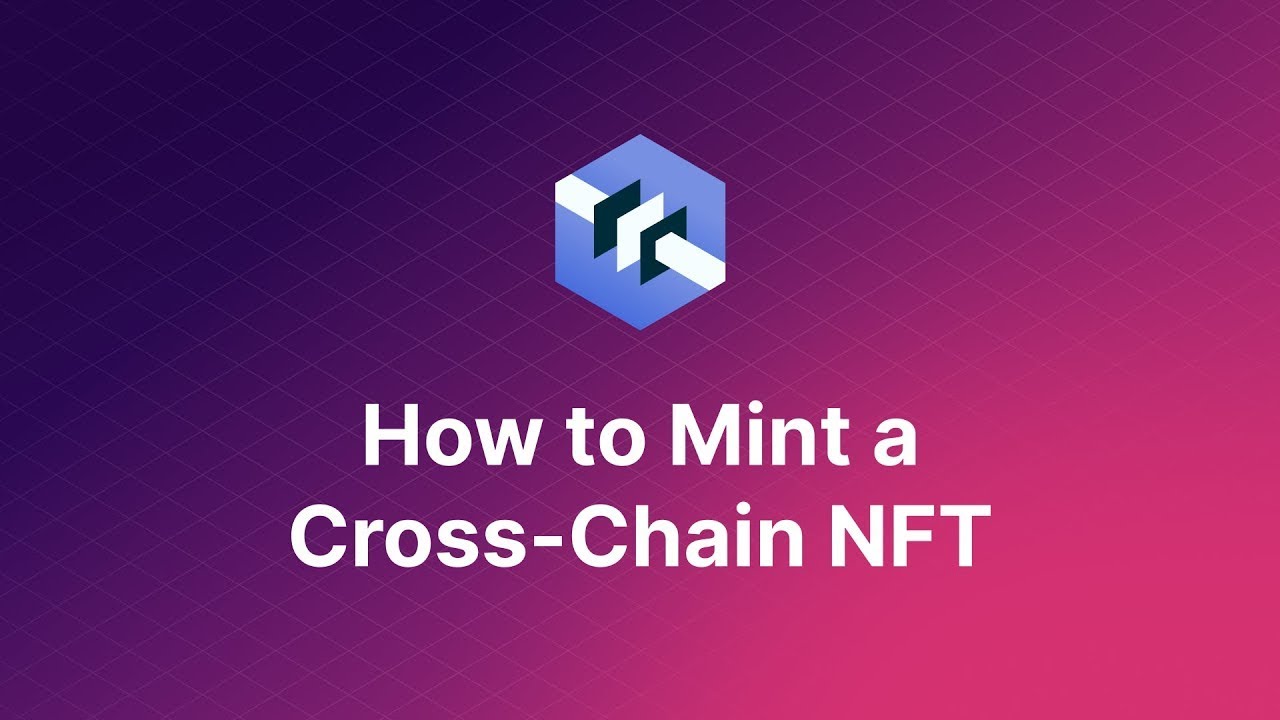
Cross-Chain Asset Transfers: Eclipse’s SVM-based Layer 2 bridges Solana’s execution with Ethereum’s ecosystem, allowing seamless movement of tokenized RWAs between chains and unlocking new DeFi integrations.
-
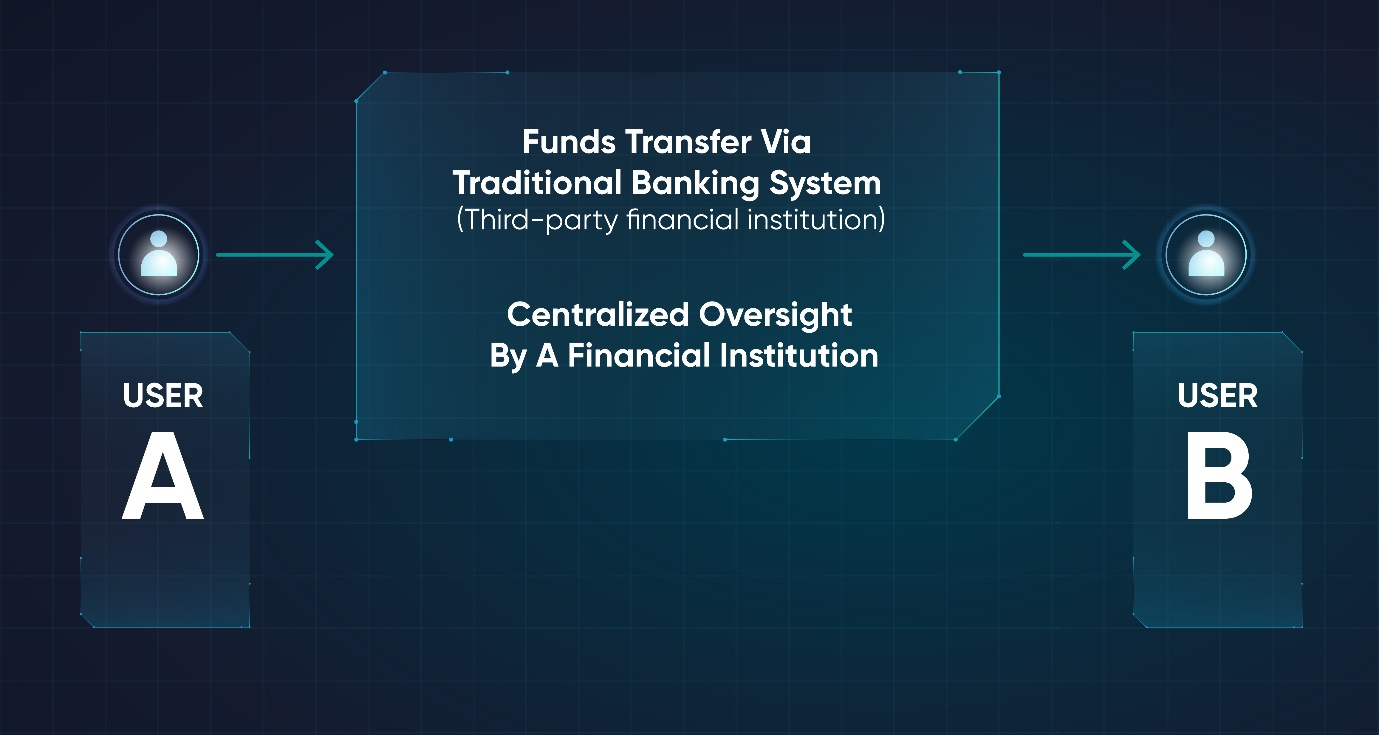
Low-Cost, High-Frequency Trading of RWAs: The integration supports high-frequency trading of tokenized assets with minimal gas fees, making it practical for both retail and institutional investors.
-
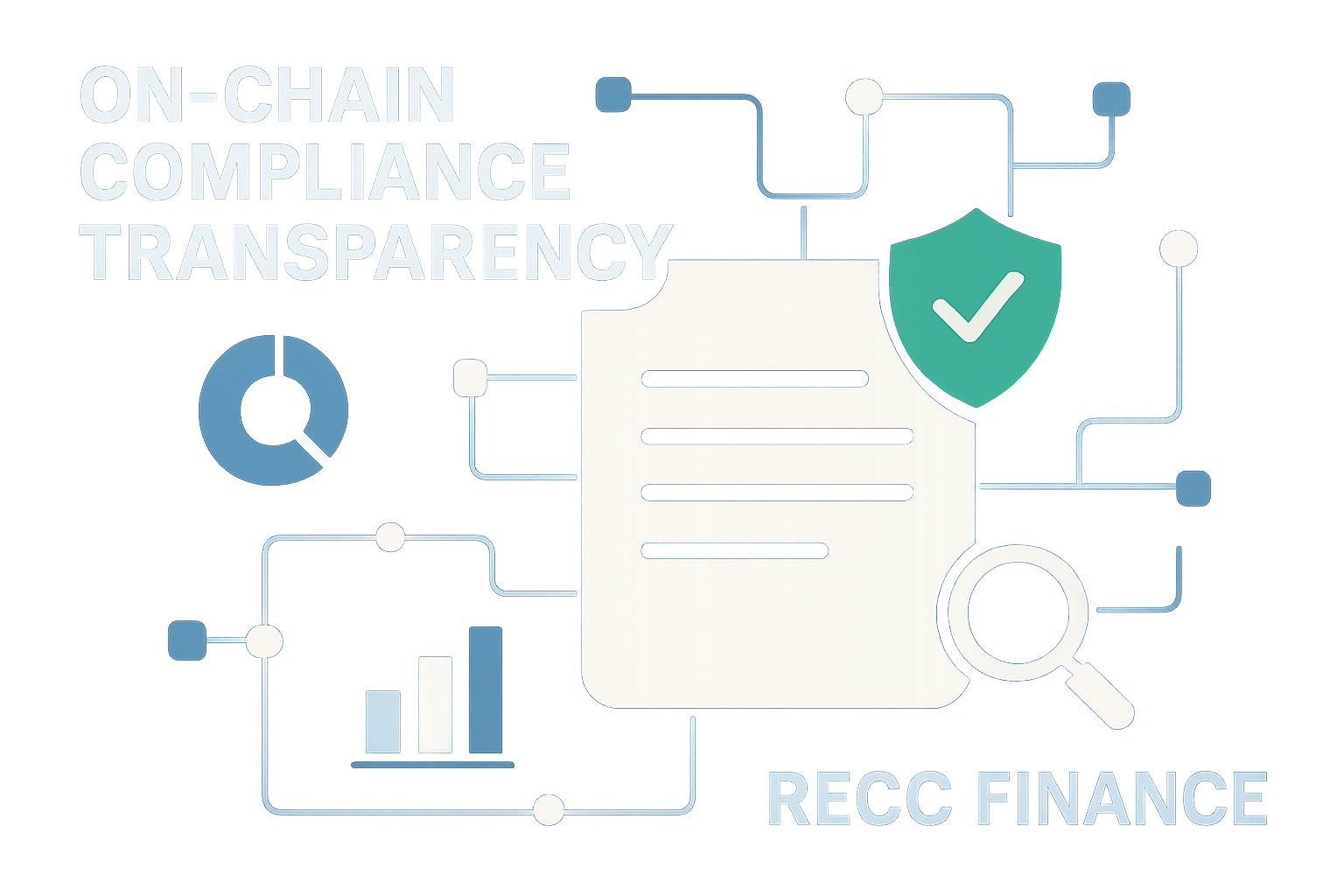
Enhanced Compliance and Transparency: RECC Finance leverages on-chain verification and transparent smart contracts on Eclipse, ensuring regulatory compliance and real-time auditability for all RWA transactions.
What Comes Next?
As modular rollups like Eclipse continue to mature, and as more platforms follow RECC’s lead, the floodgates for RWA adoption will swing open. Expect to see not just real estate but also private credit, art, carbon credits, and other alternative assets move on-chain in 2025 and beyond.
The integration also sets the stage for deeper cross-ecosystem collaboration: think Celestia providing data availability for even more scalable rollups, or Conduit enabling custom zk-stack deployments tailored to specific asset classes. This is just the start of an arms race to build the ultimate platform for RWAs, one where performance doesn’t come at the expense of security or composability.
If you’re building in this space, or looking to deploy capital into tokenized real-world assets, the Eclipse x RECC Finance playbook is one you’ll want to study closely.




